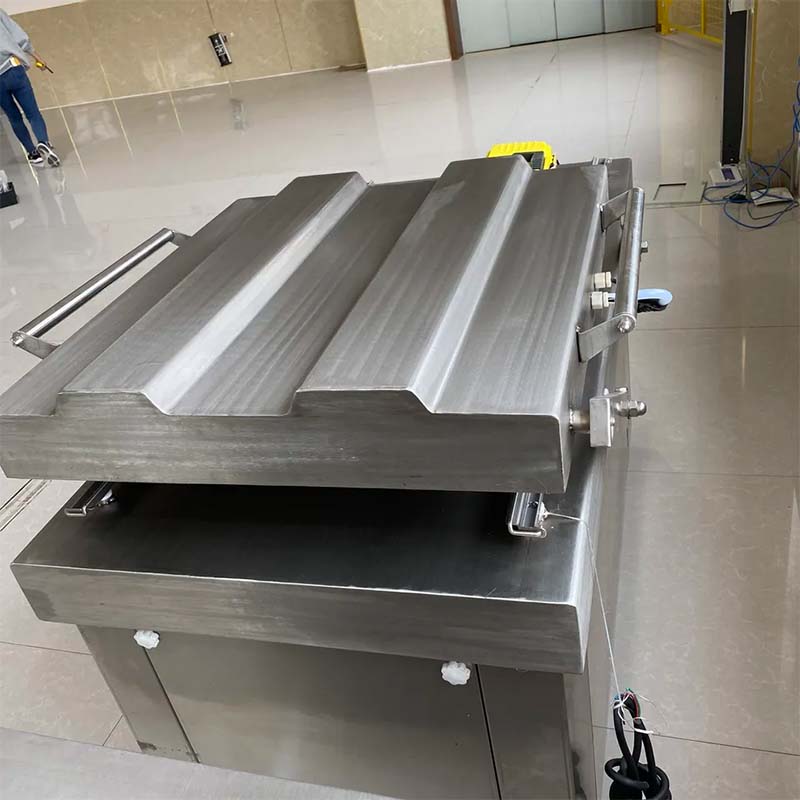chicken plucker poultry
Dec . 12, 2024 10:13 Back to list
chicken plucker poultry
The Evolution of Chicken Pluckers in Poultry Processing
The poultry industry has witnessed remarkable advancements over the years, and one of the most significant innovations has been the development of chicken pluckers. These machines have transformed the way chickens are processed, making it faster, more efficient, and more humane. The journey of chicken pluckers in poultry processing reflects the broader evolution of technology in agriculture and food production.
The Need for Efficiency
Historically, plucking chickens was a labor-intensive process. It involved manual feather removal, which was not only time-consuming but also physically demanding. As consumer demand for chicken increased, the need for efficiency in processing became paramount. Farmers and processors sought technological solutions that would allow them to scale production while maintaining food safety and quality.
The first chicken pluckers emerged in the early 20th century, utilizing mechanical systems that could mimic the manual plucking process. These machines used rubber fingers to grasp and remove feathers without damaging the skin of the bird. As technology progressed, so did the design of chicken pluckers, incorporating advanced materials and engineering techniques that enhanced their effectiveness.
Innovations in Chicken Plucker Design
Modern chicken pluckers are characterized by their automation and efficiency. Today’s machines come in various sizes and configurations, catering to small farms as well as large-scale poultry processing plants. They are designed to handle a high throughput, capable of processing hundreds of birds per hour.
One of the key innovations in chicken plucker technology is the integration of adjustable speed and pressure controls. This allows operators to customize the plucking process based on the type and size of the chickens being processed. Advanced models are equipped with sensors that detect feather coverage and adjust their operation accordingly, ensuring a consistent and thorough plucking job.
Moreover, modern chicken pluckers are designed with hygiene and maintenance in mind. They often feature easy-to-clean surfaces and materials that reduce the risk of contamination. This focus on food safety is critical in today’s poultry industry, where strict regulations govern processing practices to ensure consumer safety.
chicken plucker poultry

Environmental Considerations
As the poultry industry pushes for greater efficiency, it also faces increasing scrutiny regarding its environmental impact. The use of chicken pluckers can contribute to these concerns, especially if the energy consumption and waste generated during processing are not managed properly. However, many manufacturers are now prioritizing sustainability in their designs.
Some companies are developing energy-efficient machines that reduce electricity consumption during operation. Additionally, innovations like water recycling systems and biodegradable materials for plucker components are gaining traction. By integrating these sustainable practices, chicken pluckers can help poultry processors meet regulatory standards while minimizing their ecological footprint.
The Future of Chicken Pluckers
The future of chicken pluckers looks promising, with ongoing research and development aimed at improving their efficiency and sustainability. Artificial intelligence and machine learning are beginning to play a role in optimizing poultry processing. For instance, AI-driven systems can analyze data from plucking operations to identify areas for improvement and adjust parameters in real-time.
Furthermore, as consumer preferences shift towards more humane and ethical sourcing of poultry, manufacturers are likely to innovate machines that align with these values. Development of chicken pluckers that further minimize stress for birds during the processing phase may become a key focus area.
Conclusion
Chicken pluckers have come a long way from their manual origins to the automated systems of today. They have revolutionized poultry processing by enhancing efficiency, ensuring food safety, and adapting to consumer demands for sustainability and humane treatment of animals. As technology continues to evolve, chicken pluckers will remain a vital component of the poultry industry, helping to meet the growing global demand for chicken while being mindful of environmental and ethical considerations. The ongoing innovation within this field exemplifies the dynamic nature of agriculture and its ability to adapt to the changing landscape of consumer expectations and technological advancements.
-
Hot Sale 24 & 18 Door Rabbit Cages - Premium Breeding Solutions
NewsJul.25,2025
-
Automatic Feeding Line System Pan Feeder Nipple Drinker - Anping County Yize Metal Products Co., Ltd.
NewsJul.21,2025
-
Automatic Feeding Line System Pan Feeder Nipple Drinker - Anping County Yize Metal Products Co., Ltd.
NewsJul.21,2025
-
Automatic Feeding Line System - Anping Yize | Precision & Nipple
NewsJul.21,2025
-
Automatic Feeding Line System - Anping Yize | Precision & Nipple
NewsJul.21,2025
-
Automatic Feeding Line System-Anping County Yize Metal Products Co., Ltd.|Efficient Feed Distribution&Customized Animal Farming Solutions
NewsJul.21,2025






